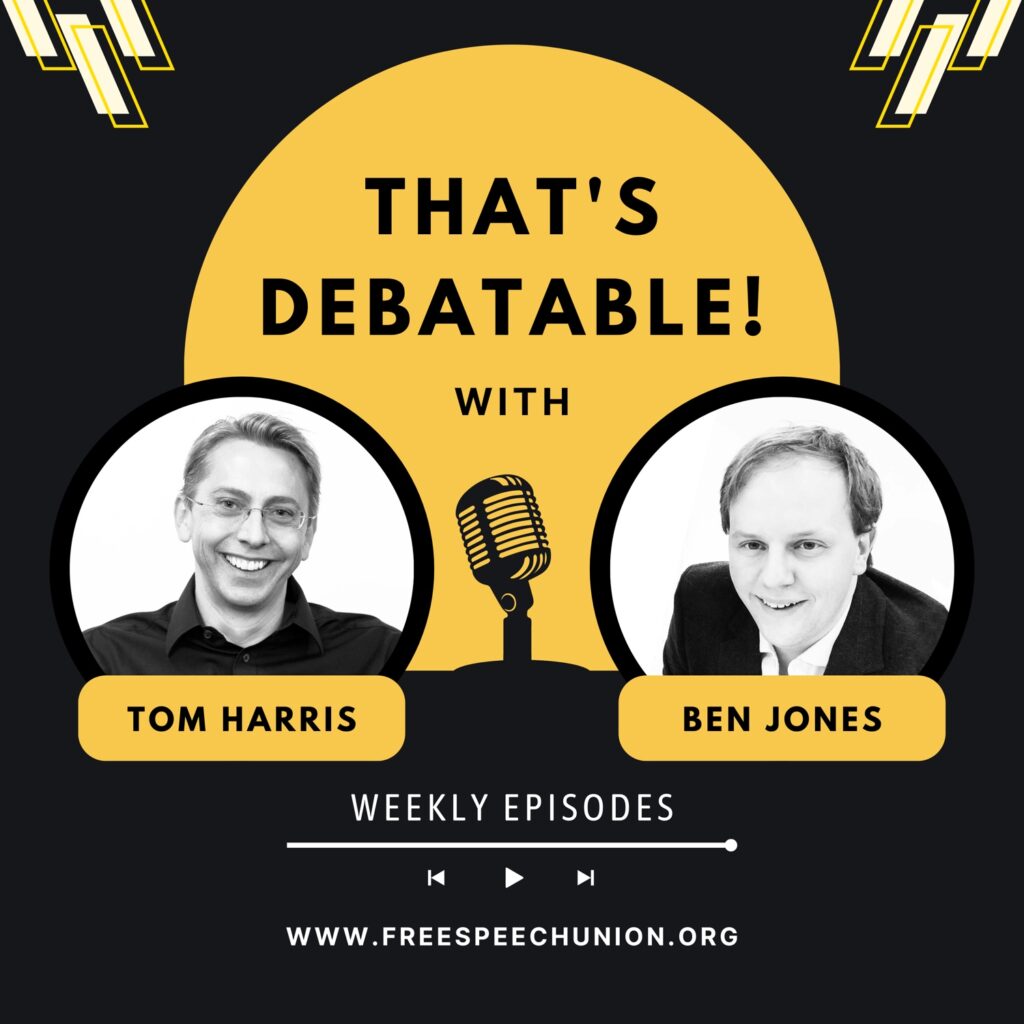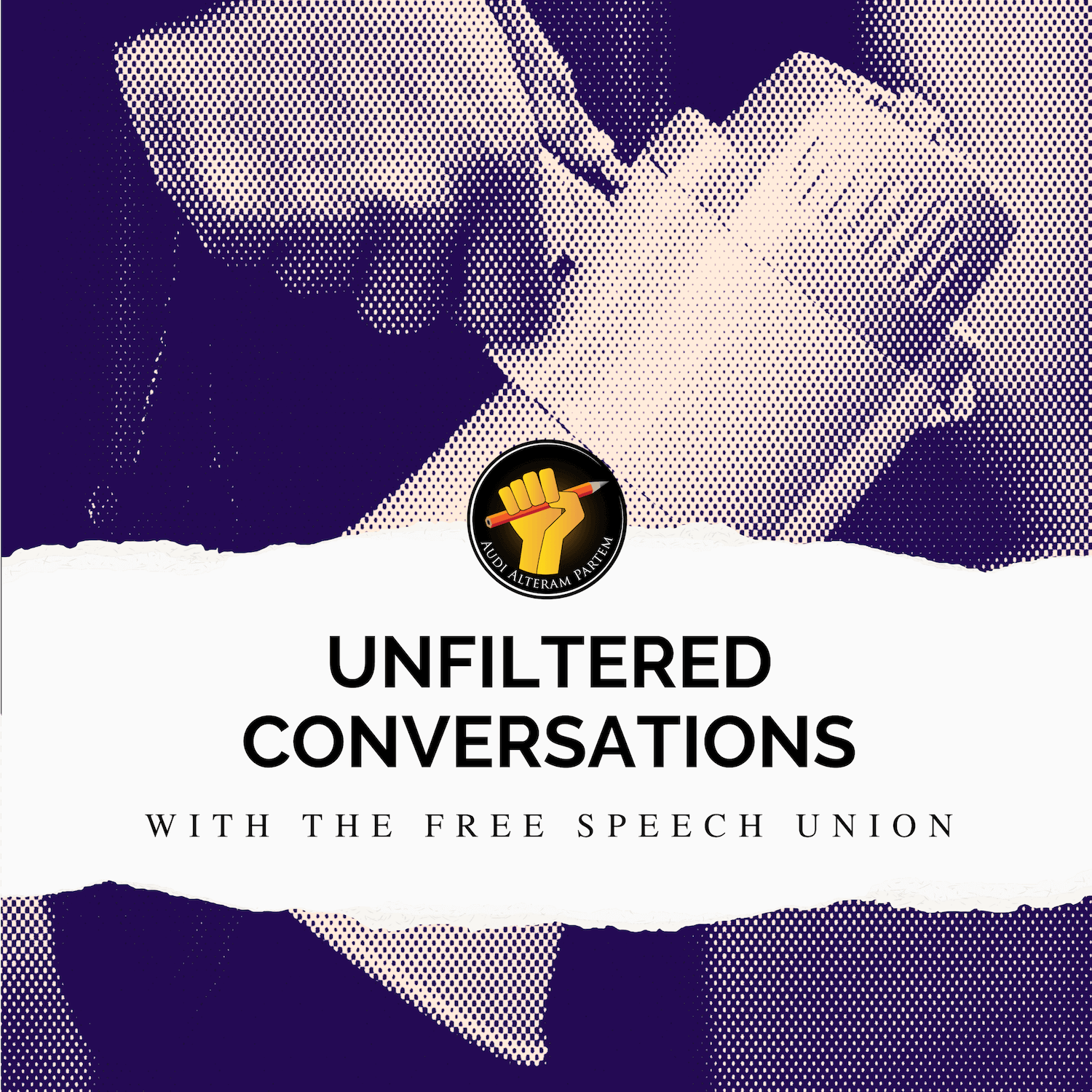Among the many executive orders signed by Donald Trump within hours of his inauguration as US President on Monday was one headed “Restoring Freedom of Speech and Ending Federal Censorship”.
As you might expect, the order doesn’t mince its words, with Section 1 declaring:
Over the last 4 years, the previous administration trampled free speech rights by censoring Americans’ speech on online platforms, often by exerting substantial coercive pressure on third parties, such as social media companies, to moderate, deplatform, or otherwise suppress speech that the Federal Government did not approve. Under the guise of combatting “misinformation,” “disinformation,” and “malinformation,” the Federal Government infringed on the constitutionally protected speech rights of American citizens across the United States in a manner that advanced the Government’s preferred narrative about significant matters of public debate. Government censorship of speech is intolerable in a free society.
Trump then goes to on to say that the new US government will “ensure that no Federal Government officer, employee, or agent engages in or facilitates any conduct that would unconstitutionally abridge the free speech of any American citizen”. It’s a popular stance among his supporters, many of whom feel that the Biden administration unfairly targeted lawful speech from right-wing voices.
Needless to say, the FSU welcomes the executive order too. But, as we’ve pointed out before, Trump’s own record on free speech is more mixed than either his supporters or detractors generally care to admit.
While his more libertarian instincts have sometimes served to protect First Amendment rights, too often they’ve been overridden by his determination to fight culture wars or by a seemingly narcissistic fixation with settling personal vendettas.
On the plus side, as President he signed an executive order in March 2019 linking federal research funding for academic institutions to them upholding stated policies on free speech and promoting academic freedom.
He has also long opposed the censorship of lawful speech on social media. During his first administration, another executive order aimed to limit the legal protections that allowed platforms to censor content without being treated as publishers.
Trump’s argument was that companies such as X, Facebook and Instagram didn’t deserve these protections, since they were acting as publishers by taking “actions (often contrary to their stated terms of service) to stifle viewpoints with which they do not agree”.
Likewise, in 2022 he supported the release of the Twitter Files, internal communications that exposed shocking levels of collusion between the Biden-Harris administration and Big Tech. They also highlighted the fact that the weaponisation of concepts like “misinformation” and “disinformation” had become one of the most pernicious threats to free speech faced by western democracies.
Meta CEO Mark Zuckerberg has recently echoed such concerns, telling the Joe Rogan podcast that “these people from the Biden administration would call up our [Facebook] team and, like, scream at them” to remove content that didn’t meet with government approval. Similarly, Elon Musk, owner of X, has accused the FBI of illegally coercing Twitter before his tenure to suppress a story about Hunter Biden.
But when it comes to more ‘traditional’ media, Tump hasn’t always been a staunch defender of free speech, calling the press “truly the enemy of the people” and unsuccessfully suing CNN for defamation.
He’s also said on several occasions that the landmark Supreme Court decision in New York Times Co. v. Sullivan (1964) should be “revisited”. This ruling ensures that litigious public figures suing for defamation must meet the extremely high standard of proving “actual malice” – i.e., that the publisher knew the story was false or acted with reckless disregard for the truth. It’s not enough for the stories just to be untrue.
In recognising that “erroneous statement is inevitable in free debate, and that it must be protected if the freedoms of expression are to have the ‘breathing space’ that they ‘need to survive’”, the Supreme Court has long shielded the press from intimidation through frivolous lawsuits.
But in in his case against CNN in 2022, Trump argued, “it seems unlikely that at the time Sullivan’s actual malice standard was pronounced, the Court envisioned a news outlet which seek [sic] to indoctrinate its audience rather than inform”.
And then there’s his decision in October last year to launch a $10 billion lawsuit against CBS News alleging that its editing of a 60 Minutes interview with Kamala Harris was deceptive and, by casting her in a better light than if they’d broadcast the original, amounted to “election interference”.
This, too, indicates a desire to challenge media safeguards established under Sullivan. As the US free speech group Foundation for Individual Rights and Expression observes: “If those editorial decisions could give rise to ruinous litigation, there would be no broadcast journalism.”
Meanwhile, Trump has made at least 15 calls in the past three years for the Federal Communications Commission (FCC) to revoke the broadcast licenses of national television stations. He’s also said that Comcast – the parent company of NBC News and MSNBC – should be “investigated for its ‘Country Threatening Treason’”.
Of course, launching tirades against the press is permissible under the First Amendment, but no president should use the office to suppress or punish speech he doesn’t like (as Monday’s executive order so firmly acknowledges).
In 2015 a judicial opinion by appeal court judge Richard Posner made clear that “a public official who tries to shut down an avenue of expression of ideas and opinions through actual or threatened imposition of government power or sanction is violating the First Amendment”. Worryingly however, Trump has form in this regard. During his first term, he repeatedly attacked the Washington Post and threatened to target its owner (now apparently his friend) Jeff Bezos’s biggest company, Amazon. In 2018, he ordered the US Postal Service to review the rates it charged Amazon for delivery.
Is that why the normally left-leaning paper declined to endorse a presidential candidate at the recent election? Through fear of upsetting Trump if it endorsed Kamala Harris? Either way, the potential for words and deeds of this kind to have a chilling effect on the media is obvious.
Both during his 2016 presidential campaign and while in office, Trump also proposed the criminalisation of flag-burning – considered protected free speech under the First Amendment according to two key Supreme Court cases: Texas v. Johnson (1989) and United States v. Eichman (1990). He repeated the suggestion at his Madison Square Garden election rally in October, telling the crowd: “I would like to put in a Bill: if you burn the American flag, one year in jail.”
The burning of flags, or any politically loaded cultural object, is undoubtedly crude, provocative and a poor substitute for reasoned debate. But free speech campaigners would be quick to point out that, when conducted by private individuals, these acts are non-violent symbolic ways of conveying a message – which is the essence of free expression.
All of this is not to say that Trump poses a bigger threat to free speech than his election opponent would have done, particularly in light of Democratic vice-presidential nominee Tim Walz’s comment that the First Amendment doesn’t protect “misinformation” or “hate speech”. In fact, it does – at least, as far as the current Supreme Court justices are concerned. The risk, had Kamala Harris been elected and a vacancy emerged on the Court, is that she would have appointed a judge who shared her vice-president’s views on the First Amendment.
That, thankfully, has been avoided. But what America will experience instead remains to be seen.






